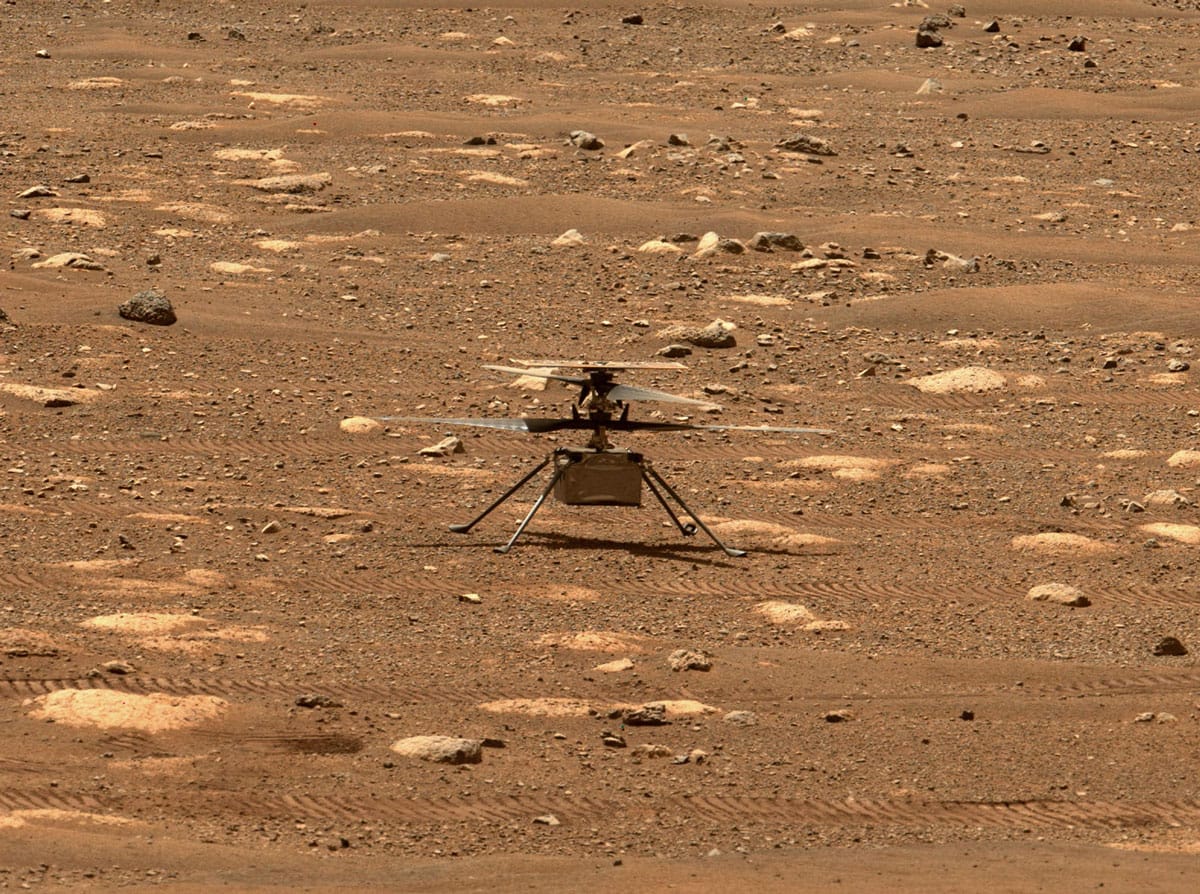The Moon, Earth’s only natural satellite, presents a unique environment that is both fascinating and challenging. One of the most striking characteristics of the Moon is its temperature, which varies significantly between day and night. This variation is primarily due to the Moon’s lack of a substantial atmosphere and its slow rotation on its axis. Understanding the lunar temperature is crucial for future exploration and potential colonization efforts.
During the lunar day, which lasts about 14 Earth days, temperatures can reach extreme highs. The surface of the Moon can become intensely hot, with recorded temperatures soaring to approximately 127 degrees Celsius (260 degrees Fahrenheit). This intense heat is a result of direct sunlight hitting the lunar surface without any atmospheric interference. The Moon’s surface is composed of a fine, powdery soil called regolith, which absorbs solar radiation and retains heat. Consequently, the daytime temperatures create a hostile environment for any potential human activities or equipment.
In stark contrast, the lunar night also lasts about 14 Earth days, during which the temperature drops dramatically. As the Sun sets, the lack of atmosphere means there is no medium to retain heat. As a result, temperatures can plummet to around -173 degrees Celsius (-280 degrees Fahrenheit). This extreme cold poses significant challenges for equipment and human survival, necessitating advanced technology and planning for any lunar missions.
The Moon’s temperature fluctuations are influenced by several factors, including its rotation, its distance from the Sun, and its surface characteristics. The Moon rotates on its axis once every 27.3 days, which means that a single day on the Moon is equivalent to about 29.5 Earth days. This slow rotation contributes to the prolonged periods of extreme temperatures. Additionally, the Moon’s elliptical orbit around the Sun means that its distance from the Sun varies, which can also impact temperature readings.
Another important aspect of lunar temperature is the impact of the Moon’s surface features. The regolith, which is composed of various minerals, has different thermal properties depending on its composition. Areas with darker basaltic rock tend to absorb more heat than lighter, more reflective areas. This variation in surface composition can lead to localized temperature differences, further complicating the thermal environment on the Moon.
The extreme temperature variations on the Moon have significant implications for future exploration efforts. NASA’s Artemis program aims to return humans to the Moon by the mid-2020s, with plans for sustainable exploration. Understanding the thermal environment is essential for the design of habitats, rovers, and other equipment that can withstand the harsh conditions. Engineers and scientists are currently developing materials and technologies that can endure the temperature extremes, ensuring that missions can be conducted safely and effectively.
In addition to human exploration, the temperature of the Moon also affects scientific research. Instruments designed to study the lunar surface must be able to operate in both extreme heat and cold. For example, telescopes and other observational equipment may need to be insulated or equipped with heating elements to function during the lunar night. Understanding the temperature variations is crucial for the success of these scientific endeavors.
The Moon’s temperature also plays a role in its potential as a resource for future generations. Water ice has been detected in permanently shadowed craters at the lunar poles, where temperatures remain extremely low. This ice could be a valuable resource for future lunar missions, providing water for drinking, oxygen for breathing, and even fuel for rockets. However, extracting and utilizing these resources will require careful consideration of the temperature extremes and the technology needed to access them.
In conclusion, the temperature on the Moon is a complex and dynamic aspect of its environment. The extreme variations between day and night present both challenges and opportunities for exploration and research. As humanity looks towards the Moon for future endeavors, understanding these temperature fluctuations will be vital for the success of missions and the potential establishment of a sustainable presence on our celestial neighbor. The Moon’s harsh thermal conditions serve as a reminder of the challenges that lie ahead, but they also highlight the potential for discovery and innovation in the field of space exploration.



